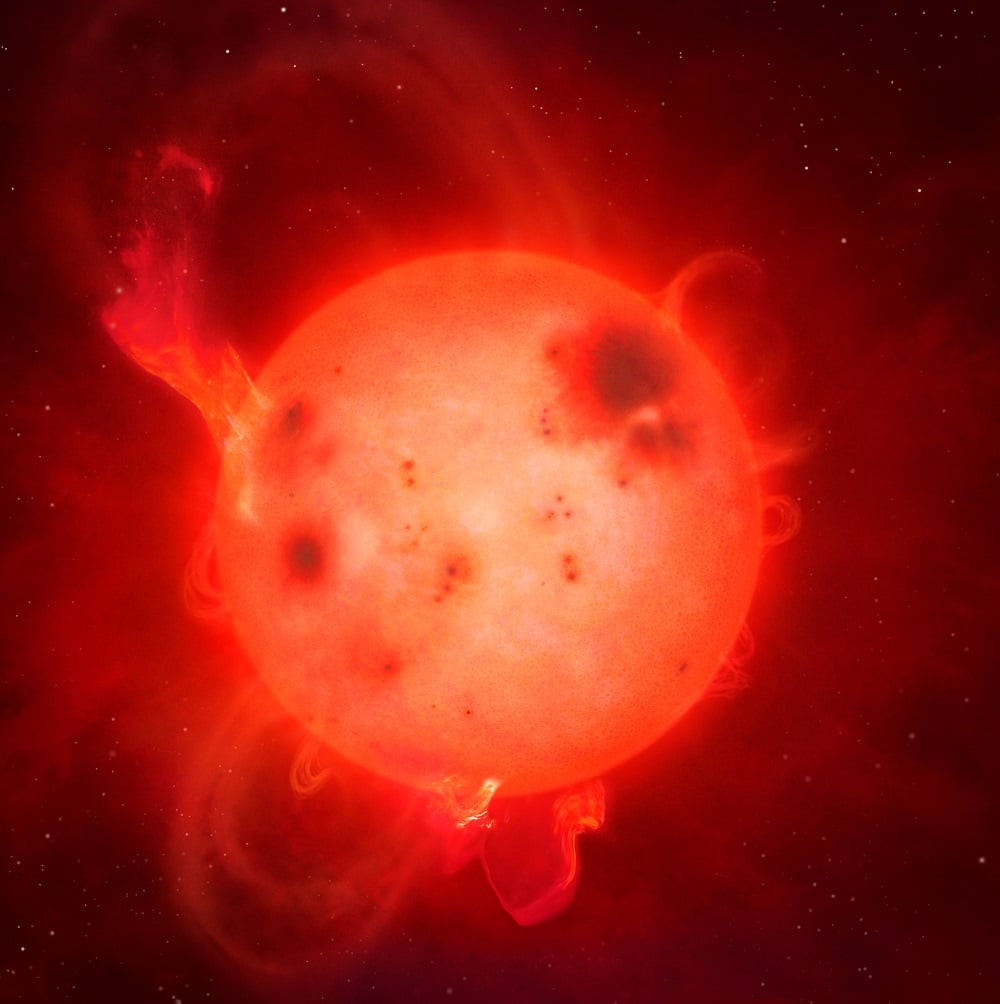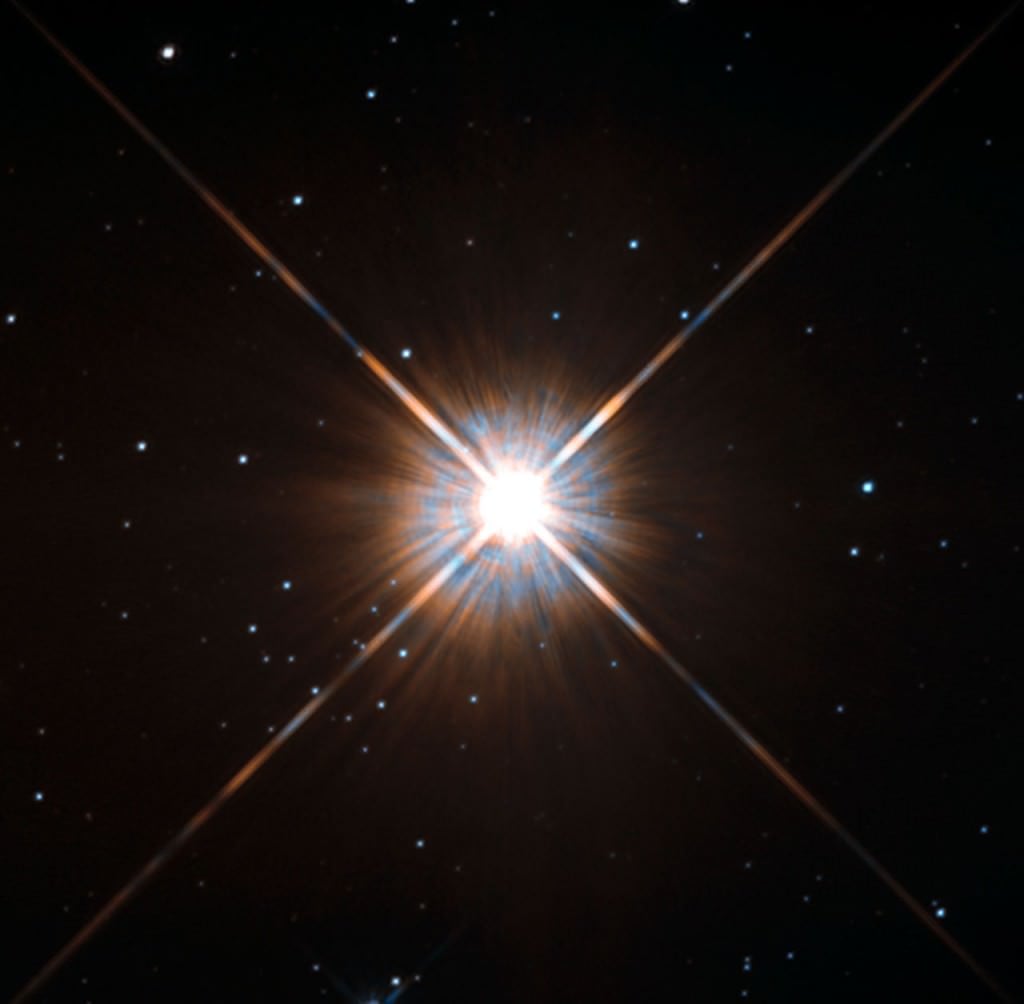If you look out on the sky on a nice clear dark night, you'll see thousands of intense points of light. Those stars are incredibly far away, but bright enough to be seen with the naked eye from that great distance - a considerable feat. But what you don't see are all the small stars, the red dwarfs, too small and dim to be seen at those same distances.
The stars you see on the night sky are some of the biggest and brightest in our galactic neighborhood, the furthest one no more than a few thousand light-years away. But in that same volume there are far more than a few thousand stars.
There are up to a million. And they're all invisible to the naked eye.
Even the closest star to the sun, Proxima Centauri, is so small and feeble that it can't be seen without a telescope.
These are the so-called red dwarf stars, no bigger than about half the size of the sun, and usually no more than 1/10 as bright. But despite their small stature, they have an incredible super power: longevity.
Stars shine through nuclear fusion deep in their cores. For a star like our sun, the fusion rate is really intense, releasing the tremendous amounts of energy required to support the star against the crushing gravity of its own weight.
Stars far bigger than our sun will run out of fuel in just a few million years (yes, that includes most of the stars you see in the night sky), while stars like our sun can last around 10 billion. But the red dwarf stars are like the economy cars of the cosmos. They only sip on their hydrogen fuel and use it sparingly - they simply don't have as much work to do to support themselves as the bigger stars do.
Additionally, most of the hydrogen in a sun-like star will remain unspent, living its entire life in the atmosphere of the star, rather than in the core where it can participate in the fusion party. But red dwarf stars circulate their plasma throughout their entire bulk, pulling fresh reserves of hydrogen from the outer layers of the star down into the cores, keeping the fusion fires lit.
Because of this, those little red stars that are too small to be seen with our eyes can last for incredibly long times: hundreds of billions of years, all the way up to 10 trillion years for the smallest ones. In the far, far distant future - so far that it's almost unfathomable to human comprehension - stars like our sun and the bigger ones will eventually die out, with no new pockets of gas forming collapsing to replace them.
All that will be left will be the small red dwarfs illuminating the cosmos as best they can. Which won't be much. Our far-flung descendants (if we have any) will inherit a dim, dark universe.
 Universe Today
Universe Today

